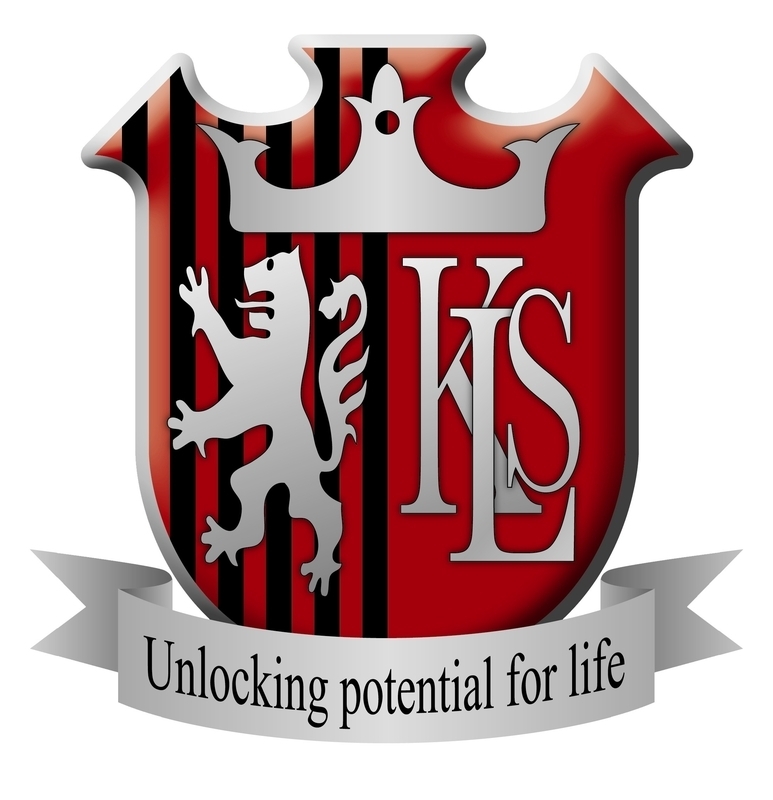
Candidates are required to demonstrate command of the production of still images and/or moving images through the lens-based approach. Candidates are expected to use a range of methods, techniques and processes such as: digital technology to manipulate and print photographic images; use of camera settings, lenses and lights to achieve specific photographic results; physical manipulation of printed images; and chemical processes such as cyanotype printing. Candidates will also develop their knowledge of the medium by analysing the technical and aesthetic aspects of work by established practitioners of photography within a broader historical context. The course starts with a 3 month foundation studies programme designed to give students the perfect transition from GCSE to A-Level. Students learn about camera settings and studio lighting, analyse work by established photographers, how to recreate famous photographs, and how to develop more personal responses to what they learn. Alongside this they develop a short essay placing an aspect of portrait photography within a wider historical context. In the first year students develop a practical portfolio based on a topic of their choosing. Through this portfolio they will research, analyse and recreate the work of at least four different photographers whose work related to their chosen theme. Alongside this students start researching and drafting the Related Study – an essay of 1000 – 3000 words that is loosely linked to the topic being explored in their practical portfolio. In the first half of the second year students continue to work on their practical portfolio though now further exploring and synthesizing the various styles and techniques learned in the first year in order to create a series of personal outcomes. Alongside this students complete their related study. In the second half of the second year students select an externally set question for their practical exam. They then have a minimum of three months (though usually closer to two months) to research and develop their practical project before completing a series of final outcomes under exam conditions.
It is not essential that students have achieved at least a grade 5 at GCSE Art but they may be at a disadvantage if they have not. It must also be recognised that there is a significant amount of written analysis and a written project of 3000–5000 words to be completed in the second year of the course. A minimum of a grade 5 at GCSE English is also highly recommended.
100% non-examination assessment (NEA)
About Education Provider
| Region | East of England |
| Local Authority | Hertfordshire |
| Ofsted Rating | Good |
| Gender Type | Co-Educational |
| Address | Love Lane, Kings Langley, WD4 9HN |
Candidates are required to demonstrate command of the production of still images and/or moving images through the lens-based approach. Candidates are expected to use a range of methods, techniques and processes such as: digital technology to manipulate and print photographic images; use of camera settings, lenses and lights to achieve specific photographic results; physical manipulation of printed images; and chemical processes such as cyanotype printing. Candidates will also develop their knowledge of the medium by analysing the technical and aesthetic aspects of work by established practitioners of photography within a broader historical context. The course starts with a 3 month foundation studies programme designed to give students the perfect transition from GCSE to A-Level. Students learn about camera settings and studio lighting, analyse work by established photographers, how to recreate famous photographs, and how to develop more personal responses to what they learn. Alongside this they develop a short essay placing an aspect of portrait photography within a wider historical context. In the first year students develop a practical portfolio based on a topic of their choosing. Through this portfolio they will research, analyse and recreate the work of at least four different photographers whose work related to their chosen theme. Alongside this students start researching and drafting the Related Study – an essay of 1000 – 3000 words that is loosely linked to the topic being explored in their practical portfolio. In the first half of the second year students continue to work on their practical portfolio though now further exploring and synthesizing the various styles and techniques learned in the first year in order to create a series of personal outcomes. Alongside this students complete their related study. In the second half of the second year students select an externally set question for their practical exam. They then have a minimum of three months (though usually closer to two months) to research and develop their practical project before completing a series of final outcomes under exam conditions.
It is not essential that students have achieved at least a grade 5 at GCSE Art but they may be at a disadvantage if they have not. It must also be recognised that there is a significant amount of written analysis and a written project of 3000–5000 words to be completed in the second year of the course. A minimum of a grade 5 at GCSE English is also highly recommended.
100% non-examination assessment (NEA)